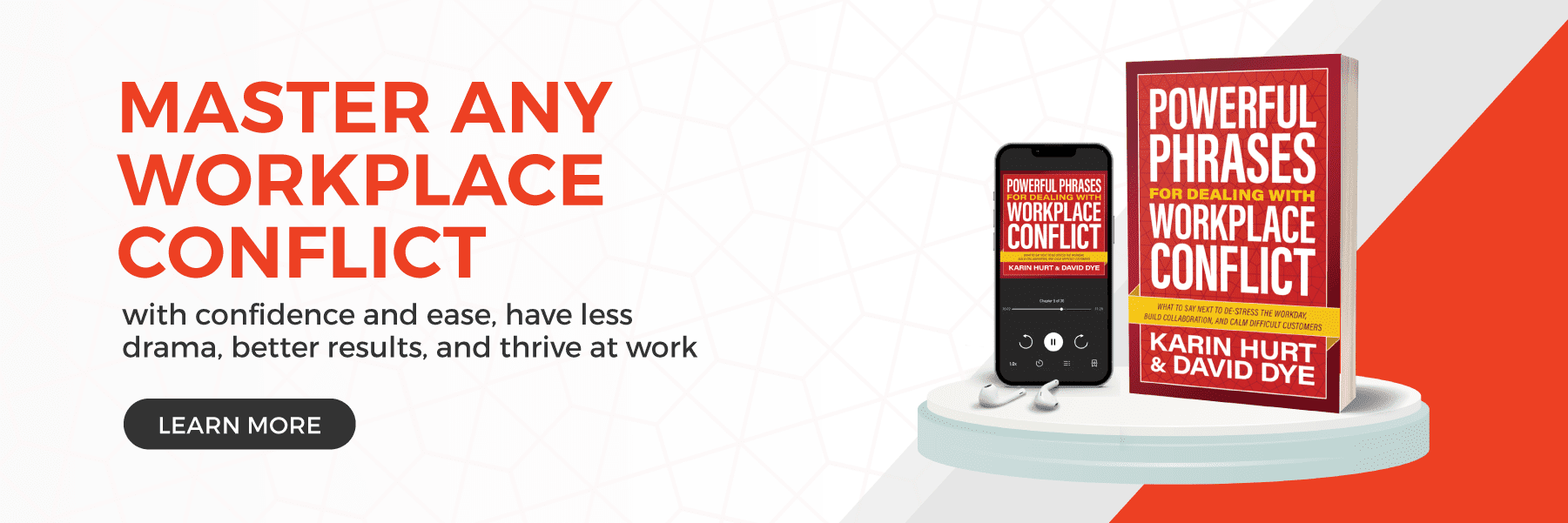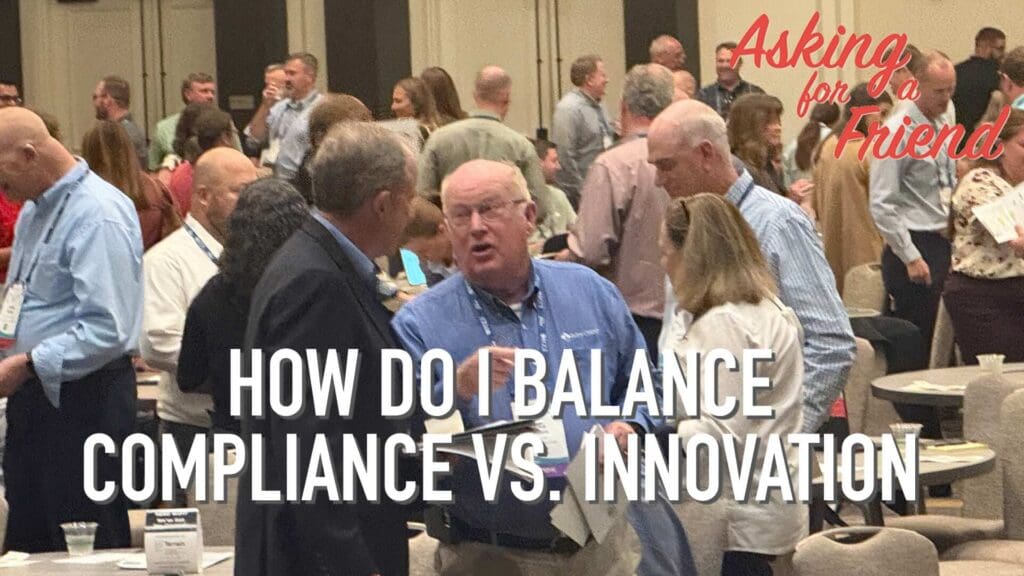Why Your “Why” Matters More Than Ever
You know that feeling when you’re asked to do something at work, but you have no idea why? It’s frustrating. It’s demotivating. And, honestly, it can feel like a waste of time. Let’s talk about why (and how) to explain why again.
One of the biggest reasons employees disengage isn’t the work itself—it’s the lack of context. People yearn for their leader to explain why.
Understanding the reasoning behind decisions is always important, but during times of uncertainty and change, it’s essential. When things feel shaky, people are looking for something to hold onto. And when they don’t understand why, it’s easy to slip into “why bother” mode, or other less than desireable patterns or behaviors.
A well-explained “why” provides that stability. It connects everyday tasks to a bigger purpose, helping teams stay engaged—even when the path ahead feels unclear.
An “Explain Why” Lesson from Ace Hardware
We heard this story from Steve, a manager in one of our leadership development programs.
At 17, Steve worked at Ace Hardware, tracking inventory and running the register. His boss drilled one rule into every employee:
“If a customer asks for something they can’t find, always check the back.”
One day, a customer asked for a tool. Steve had just been in the stockroom—he knew they were out. So he skipped the trip and said, “No need to check. We’re out.”
His boss overheard. When the customer left, he pulled Steve aside. “If you ever tell a customer we’re out without checking the back, you’re fired.”
Steve thought the rule was ridiculous. Why waste time pretending to check for something that wasn’t there?
Fast Forward a Decade
Now deep into a home renovation, Steve found himself exhausted and desperate to finish a project. He ran out of a tool and rushed to Ace. The kid at the counter barely looked up before saying, “Oh no, man. We’re out.”
Without thinking, Steve blurted out:
“Come on. Can’t you at least check in the back?”
And just like that, it clicked.
His boss’s rule had nothing to do with inventory. It was about trust. It was about customer experience. It was about making frustrated people feel like someone cared enough to try.
If only his boss had explained why.
Why Context Creates Buy-In
We assume our intentions are obvious. But they’re not.
During times of change, people feel uncertain, distracted, and skeptical. If they don’t understand the why, they won’t connect the dots on their own. And without that connection, they’ll resist.
Leaders who communicate the why give people a reason to care. They transform rules into something meaningful. And when people understand why something matters, they own it, commit to it, and follow through.
Four Ways to Make Your “Why” Stick
Want to ensure people understand and embrace the why? Do this:
1. Clarify Your Own Why First
If you can’t explain the reasoning behind a request, how can you expect others to follow it? Get clear on the purpose before you communicate it.
2. Make It Memorable
A rule without context feels like an order. A story, example, or real data makes it stick. If Steve’s boss had said, “Customers feel better when we check—it builds trust,” the rule would have made sense instantly.
3. Check for Understanding
Don’t assume people get it. Ask:
-
- How does this fit into what you’re working on?
- What do you think this will accomplish?
- What concerns do you have?
Their answers will tell you if your message is landing—or if you need to reframe it.
4. Reinforce It—Five Times, Five Ways
If something matters, communicate it five times, five different ways. Say it in meetings, show it in action, highlight examples, and recognize those who apply it. Repetition drives retention.
See Also: 5×5 Communication: A Leadership Communication Strategy to Ensure Your Message Sticks
Your Turn
Think about when you felt frustrated because no one explained the “why.” How would that situation have changed if they had?
Now flip it: What’s one message you need your team to understand? How can you clarify the why today?








0 Comments